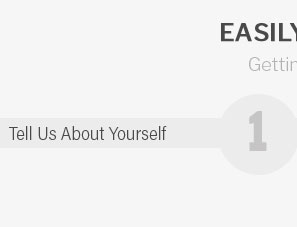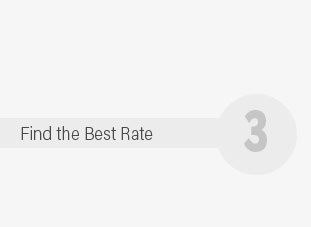 |
 |
 |
|---|
 |
 |
 |
 |
|---|
 |
 |
 |
 |
 |
 |
|---|

Compare Whole Life Insurance Prices: A Comprehensive GuideWhen considering whole life insurance, it's crucial to understand the various factors that can influence the price. Whole life insurance provides coverage for your entire lifetime and builds cash value over time. Comparing prices can help you find the best policy for your needs and budget. Understanding Whole Life InsuranceWhole life insurance is a type of permanent life insurance that remains in effect for the insured's lifetime, as long as premiums are paid. Unlike term life insurance, it includes an investment component, allowing the policy to accumulate cash value. Key Features of Whole Life Insurance
Factors Affecting Whole Life Insurance PricesSeveral factors can affect the price of whole life insurance, including your age, health, and the amount of coverage you desire. Understanding these can help you make an informed decision. Age and HealthAge is a significant factor; the younger you are when you purchase a policy, the lower the premiums. Similarly, healthier individuals tend to receive better rates. Coverage AmountThe amount of coverage you choose will directly impact your premium. Higher coverage amounts result in higher premiums. Additional RidersAdding riders, such as a waiver of premium or an accelerated death benefit, can increase your policy's cost but provide extra benefits. Comparing Whole Life Insurance to Other OptionsIt's beneficial to compare whole life insurance with other types of policies, such as term life insurance, to determine what suits your needs best. For those interested in learning about different policy durations, you might consider 40 year term life insurance as an alternative. Whole Life vs. Term Life Insurance
Deciding between the two involves considering your financial goals and coverage needs. Frequently Asked QuestionsWhat is the average cost of whole life insurance?The cost of whole life insurance varies significantly based on age, health, and coverage amount. On average, premiums can range from $200 to $1,000 per month, depending on these factors. Can I switch from whole life to term life insurance?Yes, some insurers allow policyholders to convert their whole life policies to term life insurance, although terms and availability vary. It's advisable to consult with your insurer for specific options. When should I purchase whole life insurance?Purchasing whole life insurance is typically more beneficial at a younger age due to lower premiums and longer time to accumulate cash value. For more insights, consider exploring when to get life insurance based on different life stages. In conclusion, comparing whole life insurance prices requires careful consideration of your personal circumstances and financial goals. By understanding the factors that influence cost and evaluating your options, you can select a policy that provides the protection you need at a price you can afford. https://www.nerdwallet.com/insurance/life/life-insurance-quotes
To compare, the average monthly cost of a whole life policy with the same coverage amount is $510. What is the most affordable type of life insurance ... https://www.policygenius.com/life-insurance/whole-life-insurance-rates/
Meanwhile, the average cost of whole life insurance with the same coverage amount is $451 per month ($5,412 per year). Here are other key ... https://www.usnews.com/insurance/life-insurance/best-whole-life-insurance
Insurers charge varying rates for the same coverages, so don't go with the first quote you see. Carefully compare several quotes to find the ...
|
|---|